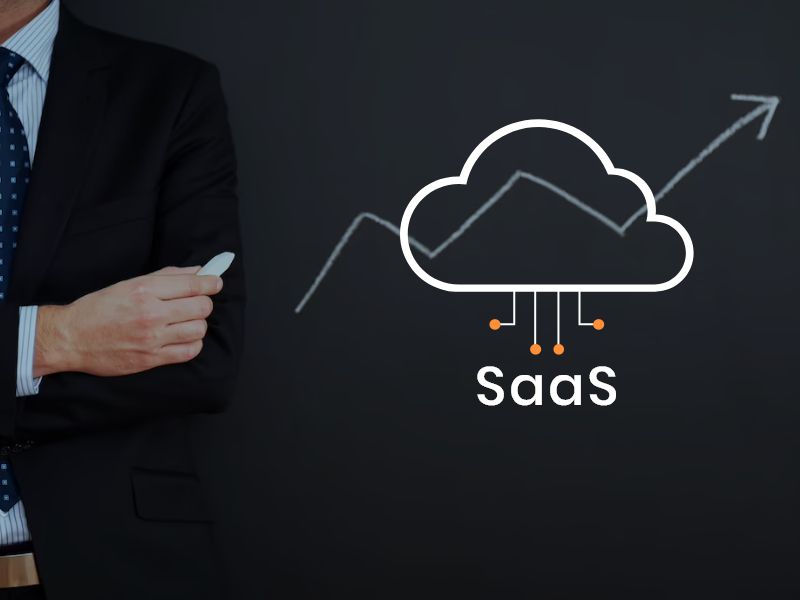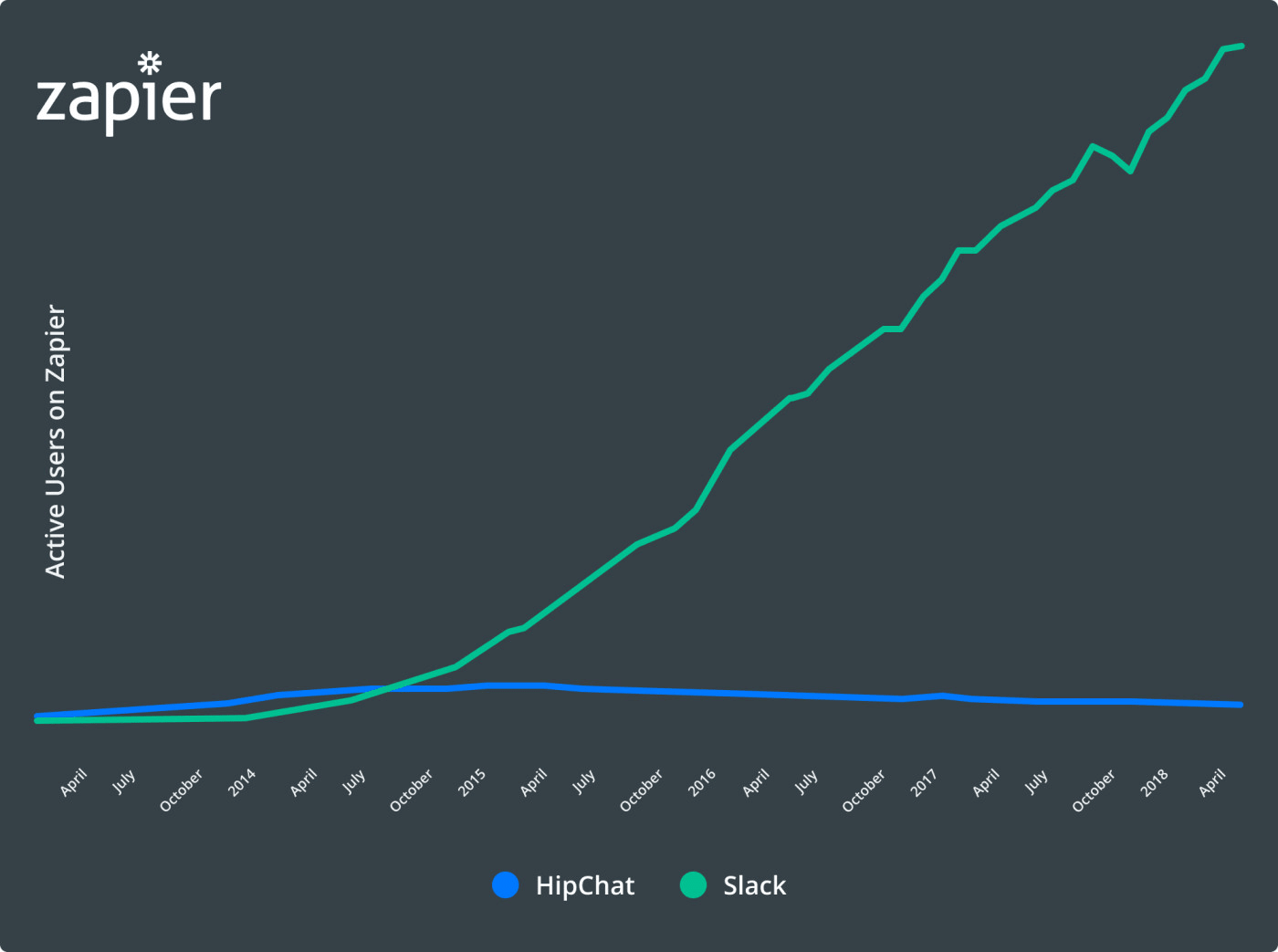9 Red Flags to Watch Out for as You Launch or Expand Your SaaS Business

As a SaaS business owner, it’s crucial to be aware of the challenges with the SaaS model. Running a successful enterprise involves more than just offering a product or service. From marketing to customer service, there are many moving parts that need to work in unison for your business to thrive. However, with so many variables at play, it can be easy to overlook some red flags that can indicate potential problems down the road.
Ignoring these warning signs can lead to significant setbacks, such as decreased revenue, customer churn, and damaged brand reputation. It’s crucial to stay vigilant and identify potential issues before they become major roadblocks to your success.
Fortunately, there are several red flags to watch out for in your SaaS business that can help you detect problems early on. By paying attention to these warning signs, you can take action to address them before they cause lasting damage.
In this article, we’ll explore some of the most critical red flags to look out for and provide solutions to help you mitigate their impact.
Declining or stagnant user acquisition
It indicates a potential problem with the product or marketing strategy. In order for a SaaS business to grow and succeed, it needs a steady stream of new users signing up for the product. If this stream slows down or stops altogether, it can have serious consequences for the business.
There are a few potential reasons for a decline in user acquisition. It could be that the product is not meeting the needs or expectations of the target audience. Perhaps there are bugs or issues that are causing users to become frustrated and leave the product.
Alternatively, the marketing strategy may not be effectively reaching the intended audience or may not be resonating with them. In either case, it is important for a SaaS business to diagnose the problem and take action to address it.
High customer churn
High customer churn is a major concern for SaaS businesses, as it can result in a loss of revenue and hinder growth. A common reason for high customer churn is when the product does not provide enough value to the customer, or there are unresolved issues with customer support. To reduce customer churn, SaaS businesses should focus on improving the product to meet customer needs and providing exceptional customer support.
For example, when HubSpot, a marketing and sales software company, experienced high customer churn, they realized that customers were leaving due to the complexity of their product. HubSpot responded by simplifying the onboarding process and creating more educational resources, resulting in a 75% decrease in customer churn. This shows the importance of addressing the root causes of high customer churn and making improvements to the product and customer support experience.
Also Read :- B2B SaaS Product is Out of Product-market Fit
Poor product-market fit
Poor product-market fit is a critical challenge faced by many SaaS businesses. This occurs when the product fails to meet the needs and expectations of the target audience, leading to low user engagement and a lack of interest in the product. In turn, this can lead to low retention rates and a decline in revenue.
Slack’s success story demonstrates the power of product/market fit. Despite being launched two years after Hipchat, which already had 1,000 clients, Slack’s better alignment with the market needs led to its rapid growth and success.

Image source:- Zapier
This serves as a reminder that in an era of abundance and choice, a SaaS product must closely align with the target audience’s needs to carve out a customer base.
Lack of revenue growth
If a SaaS business is experiencing a lack of revenue growth or slow revenue growth, it could be a red flag that there are underlying issues with any leading saas development company’s pricing strategy or a lack of demand for the product. For instance, if the pricing is too high for the value provided or if there is insufficient market demand, the company may struggle to increase its revenue.
One real-life example of a company that addressed this issue is Netflix. In the early 2010s, the company experienced stagnant growth due to a lack of new subscribers, which led to a decline in its stock price. However, by investing in original content and expanding into international markets, Netflix was able to increase its subscriber base and revenue. This demonstrates the importance of adapting to changing market conditions and customer needs in order to achieve revenue growth.
Negative customer feedback
Receiving consistent negative feedback from customers is a warning sign for SaaS businesses, as it could indicate problems with their product, customer support, or user experience. To address this issue, businesses should proactively gather feedback from their customers and use it to enhance their product and support services.
Addressing negative feedback promptly and taking the necessary steps to resolve issues can help improve customer satisfaction and retention. A good example of this is how Amazon uses customer feedback to continuously improve its products and services, resulting in high customer satisfaction and loyalty.
Low conversion rates
Low conversion rates are a critical issue for any SaaS business. In fact, research shows that the average conversion rate for SaaS companies is only 3%. If your website is experiencing high traffic, but low conversion rates, it’s important to take action. A study by HubSpot found that businesses with 40 or more landing pages generate 12 times more leads than those with only 1 to 5 landing pages.
SaaS businesses must conduct user research and analyze user behavior to identify issues that may be preventing users from converting. Making improvements to the user interface, simplifying the onboarding process, and adjusting the pricing strategy are some of the ways to increase conversion rates and drive growth.
Poor employee retention
Employee turnover can be a red flag for any SaaS business, as it may indicate problems with company culture, leadership, or management practices. In fact, according to a LinkedIn survey, the tech industry has the highest turnover rate of any industry, with a median tenure of just over two years. Additionally, the cost of employee turnover can be significant, with companies potentially spending up to twice the salary of the departing employee.
However, challenges faced by saas companies now have successfully prioritized employee retention. For example, Buffer, a social media management platform, has implemented various employee-friendly policies such as a transparent salary formula, unlimited time off, and a remote-first culture that promotes work-life balance. This has led to a high employee retention rate and recognition as a top workplace by multiple organizations.
Lack of innovation
It can signal a failure to adapt to changing market conditions and stay competitive. Customers in the tech industry are always seeking the latest and greatest features and updates, and if a professional top custom software development company fails to keep up with these demands, it could result in a loss of customers and revenue.
To avoid this red flag, SaaS businesses should continuously seek out ways to innovate and improve their product. This could involve investing in research and development, acquiring new technology, or even hiring new talent to bring fresh ideas to the table. By staying on the cutting edge of technology and offering new and exciting features to customers, SaaS companies can stay ahead of the competition and continue to grow their business.
Financial instability
Financial instability or an inability to secure funding is one of the challenges of saas companies. One example of a SaaS company that struggled with financial instability is Quibi, a short-form mobile video platform that raised $1.75 billion in funding but failed to gain traction with users. Despite their high-profile investors and Hollywood talent, Quibi announced they would be shutting down just six months after launch due to low viewership and the inability to secure additional funding.
Conclusion
It is essential for SaaS businesses to pay attention to red flags that may indicate underlying issues. These warning signs could be related to customer satisfaction, revenue growth, employee retention, innovation, or financial stability. By identifying and addressing these issues promptly, SaaS businesses can position themselves for success and continued growth.
At Finoit, we understand the importance of carefully monitoring these red flags and helping our clients avoid potential pitfalls. Our experienced team of SaaS development experts and works closely with clients to deliver products that meet their needs and exceed their expectations. By prioritizing customer satisfaction, innovation, and financial stability, we help ensure the success of our clients’ SaaS businesses.
FAQs
What are the common reasons that lead to SaaS product failure?
Some of the common reasons that lead to SaaS product failure are:
- Understand audience base
- Determine market size
- Analyze competition (pricing models and strategies)
- Stay updated with the latest SaaS trends
How to ensure that SaaS business has a clear value proposition?
First identify the target market and understand its needs and pain points. Once you have a deep understanding of your audience, you can create a match between their requirements and the benefits your solution provides, and work to fill the gap. Next, continuously evaluate and refine your product to keep it relevant to your target audience.
What are some common mistakes that entrepreneurs make when launching a SaaS business?
Here are the mistakes that entrepreneurs typically make when launching a SaaS business:
- Not having a clear value proposition
- Over focusing on functionalities while ignoring the benefits the solution should deliver
- Driving poor market research
- Underestimating customer acquisition and retention
- Not considering user feedback
- Failing to build robust pricing framework


